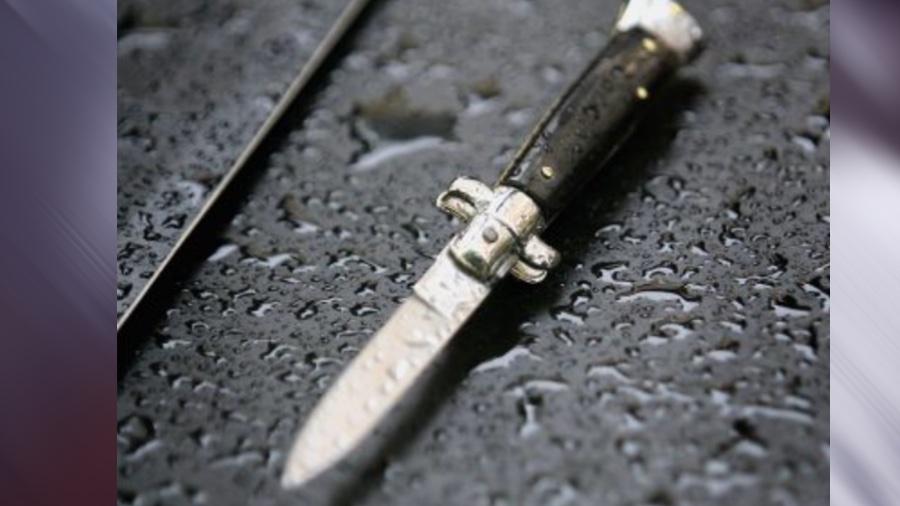The Pennsylvania Legislature has ended the state’s prohibition on automatic knives.
Also known as switchblades, these knives are tucked into the handle until the user presses a button and the blade snaps out.

The Pennsylvania Legislature has ended the state’s prohibition on automatic knives.
Also known as switchblades, these knives are tucked into the handle until the user presses a button and the blade snaps out.